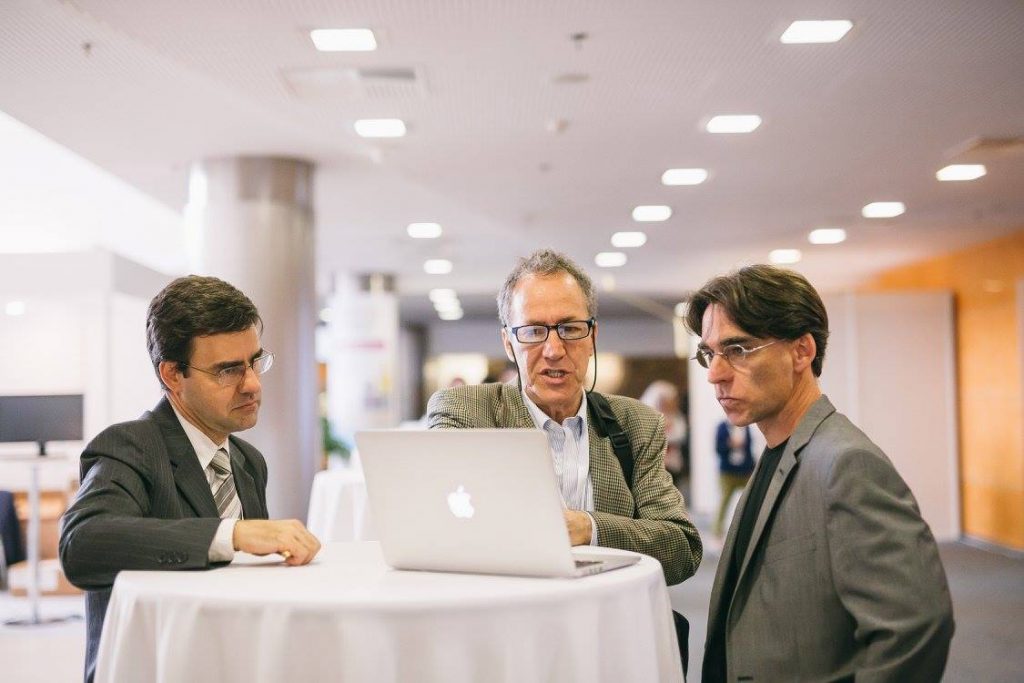Each year, the ISMRM and the SCMR (Society for Cardiovascular Magnetic Resonance) hold a joint workshop on a topic in cardiac MRI.
This year’s workshop on “Cardiovascular Magnetic Resonance in Ischemic Heart Disease” was a great success, pairing clinical interest with new technology in cardiac perfusion MRI. This 1.5-day workshop, took place Jan 31 – Feb 1, 2018, in Barcelona Spain, preceding the CMR 2018 annual meeting. With 417 registered attendees, 32 invited talks, 11 oral abstract presentations and 7 poster presentations, it was the most highly attended pre-conference workshop ever.
For cardiac applications, perfusion is assessed using the first pass of a contrast agent as it is pumped by the heart through the coronary arteries to the myocardial tissue. To capture this dynamic process, fast high-resolution imaging is used. The signal can be evaluated qualitatively or quantitatively to produce color blood flow maps.
The workshop covered a range of topics in physiology, new technical developments and clinical experiences. Each session was self-contained to cover a particular theme, which kept the workshop very engaging. As Sebastian Kozerke (co-organizer, ETH and University of Zurich) points out “It is important for us, as MRI scientists and clinicians, to understand the multi-faceted nature of our perfusion measurements and speak openly about both the features and limitations in our current techniques in order to move the field ahead”. As part of this mission, the organizers included in-depth exploration of practical topics such as dark rim artifacts, measuring the arterial input function, delay estimations and vascular biology.
Clinical groups presented encouraging validation data comparing quantitative MRI perfusion measurements to microspheres, PET/MR, invasive catheterization and coronary sinus flow. According to Dr. Peter Kellman (co-organizer, National Institutes of Health), “It is now possible to perform automatic quantitative perfusion which has tremendous potential for improved detection and objective assessment. It is time to move quantitative myocardial perfusion out of the research lab into the hands of clinicians to evaluate the performance on a wide scale”. As part of the path toward clinical integration, there were lively discussion around the need for rest perfusion measurements in the clinic, and types of cardiovascular stress (eg. exercise vs vasodilation) and how to monitor the adequacy of pharmaceutical induced stress. One clear outcome of the clinical discussions was the need for a consensus on workflow and reporting of cardiac perfusion data.
Some highlights of the new technology included continuous non-gated acquisitions for efficient free-breathing perfusion measurements, spiral perfusion acquisitions for enhanced spatial and temporal resolution and inline quantitative mapping. In addition, discussion of promising but less conventional techniques for measuring perfusion in the heart, such as ASL, BOLD and T1 mapping, were met with interest from the audience.
It was clear by the size and diversity of the audience that this is a topic of great interest to both clinical and basic scientists in the CMR community, and the workshop enabled targeted discussions between experts that laid the foundation for the next era of research on this topic.





